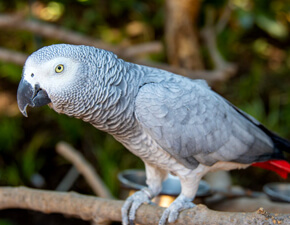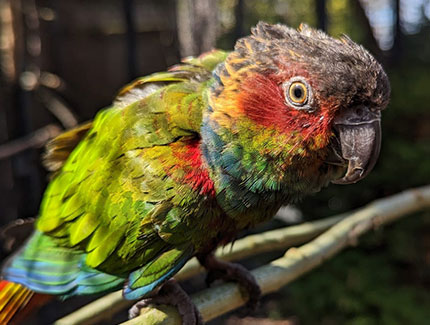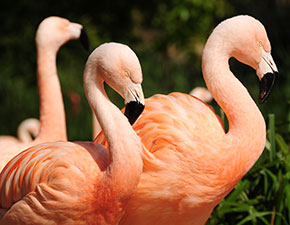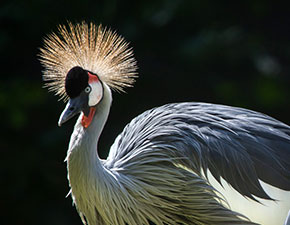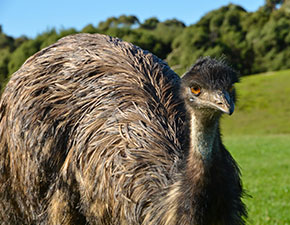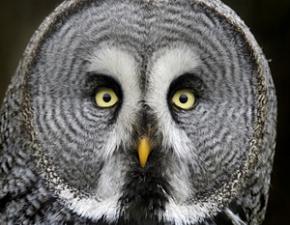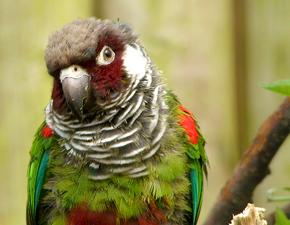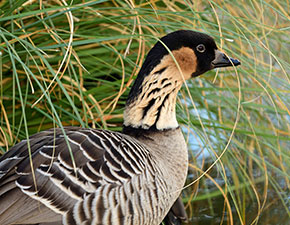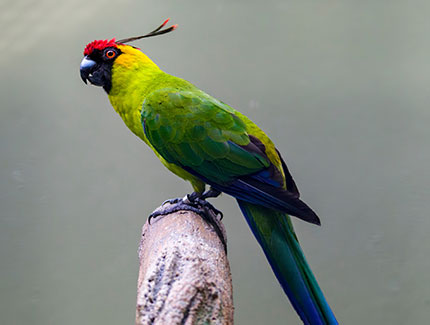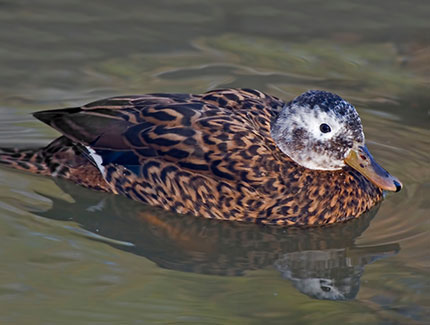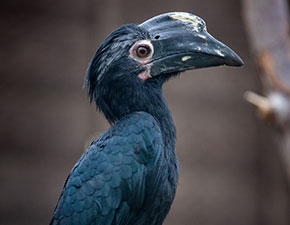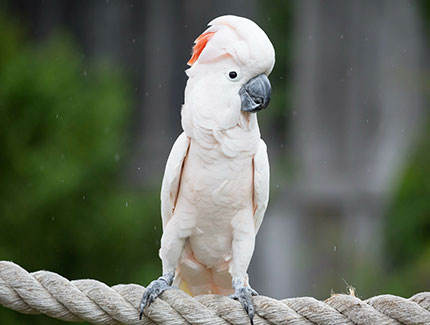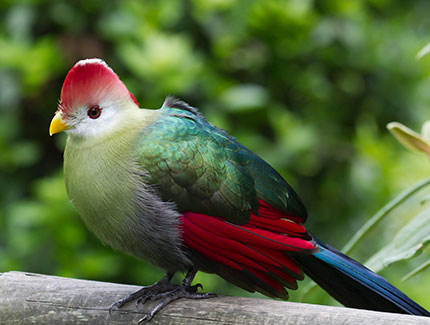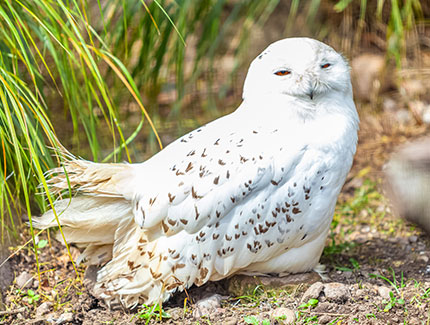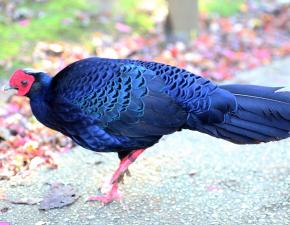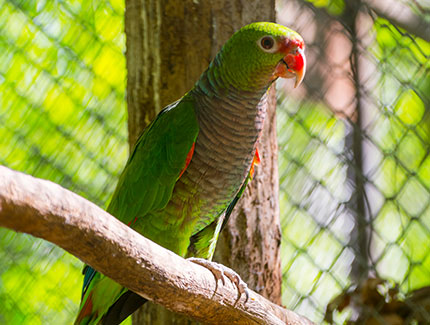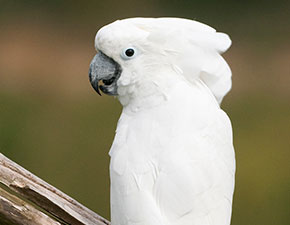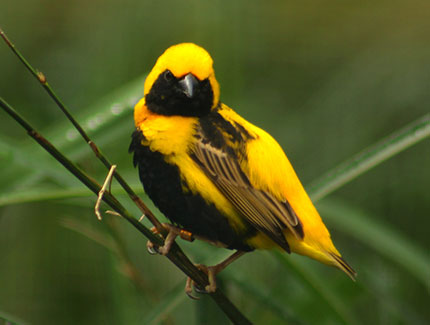Golden Pheasant
Chrysolophus pictus
IUCN red list status:
Least Concern
For more informations, please visit iucnredlist.org

Golden Pheasants are native to forests in mountainous areas of western China. They live among dense, dark young conifer forests with sparse undergrowth.

They feed on the ground, foraging for grain, leaves and invertebrates.

They can live 5-6 years in the wild, up to 20 in captivity.

Nests are built on the ground lined with plant materials, often concealed by bushes or tall grass. Females lay 5-12 eggs and incubate them for 22-23 days. Chicks fledge 14 days after hatching.
Golden Pheasant
About the Golden Pheasant
Male golden pheasants have a golden-yellow crest with a light tinge of red at the tip. The face, throat, chin, and the sides of neck are rusty tan. Males also have a scarlet breast and scarlet and light chestnut flanks. The female is much duller in colour than the male. They are brown with dark barring and a buff face and throat. The breast and sides are barred buff and blackish brown, and the abdomen is plain buff.
Pheasants are not known for their flying skills. They are primarily terrestrial birds, spending most of their time on the forest floor of Asia, though they are capable of short, fast bursts of flight - their wingspan is around 70 cm. The male golden pheasant averages 43-44 inches, while females only average about 26 inches, but two-thirds of their length is in their magnificent tail.
Did you know?
While they can fly, they prefer to run. If startled, they can suddenly burst upwards at great speed.
